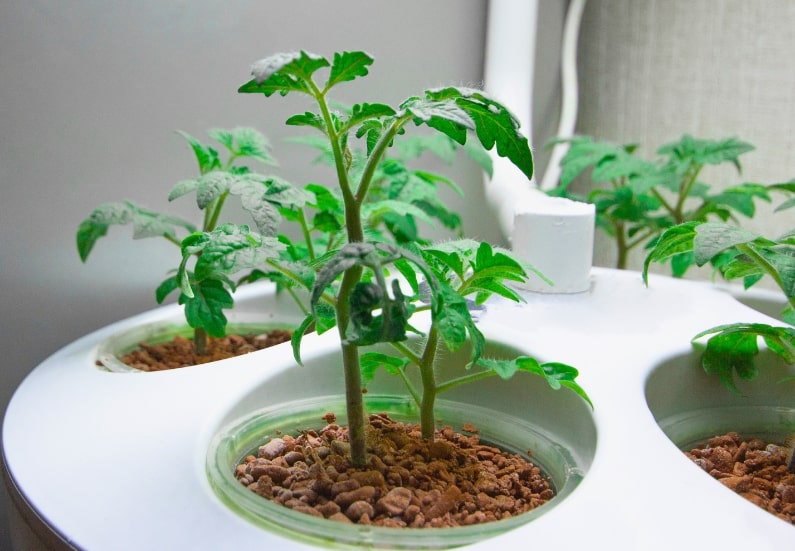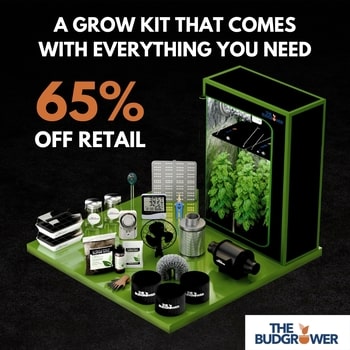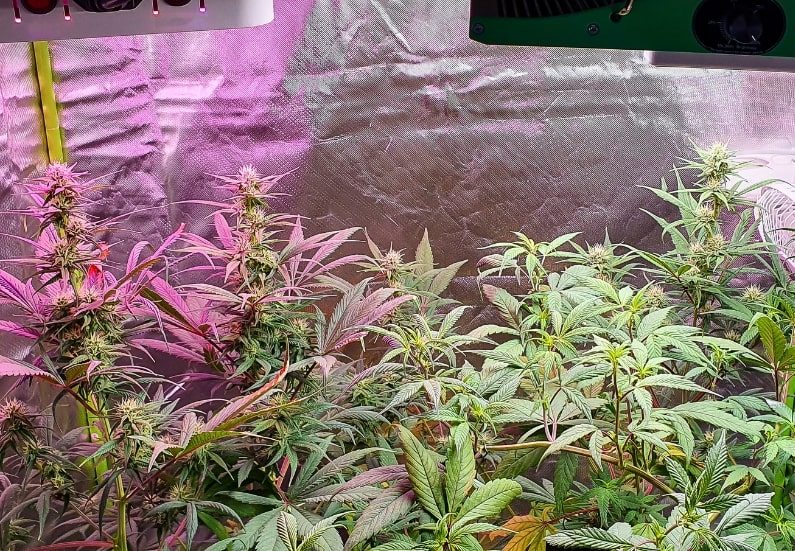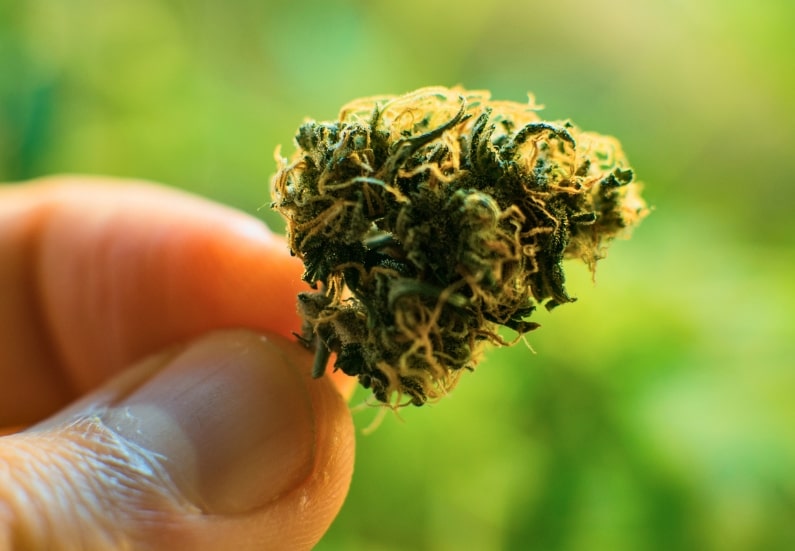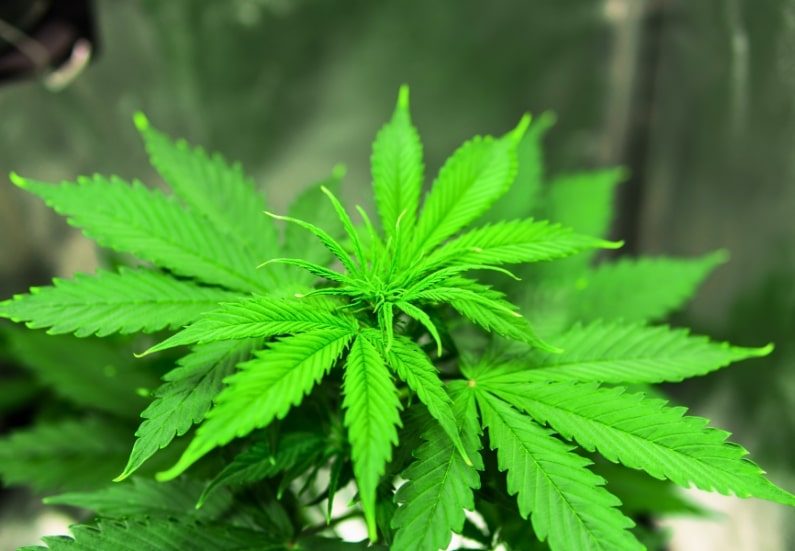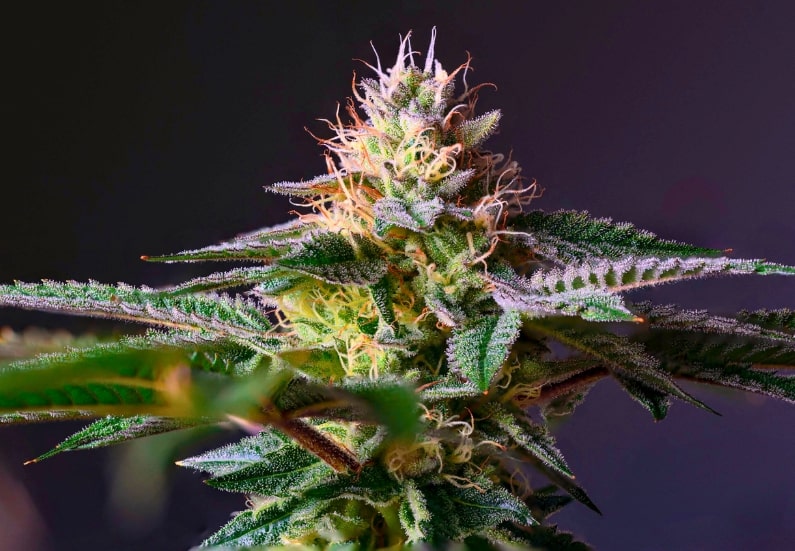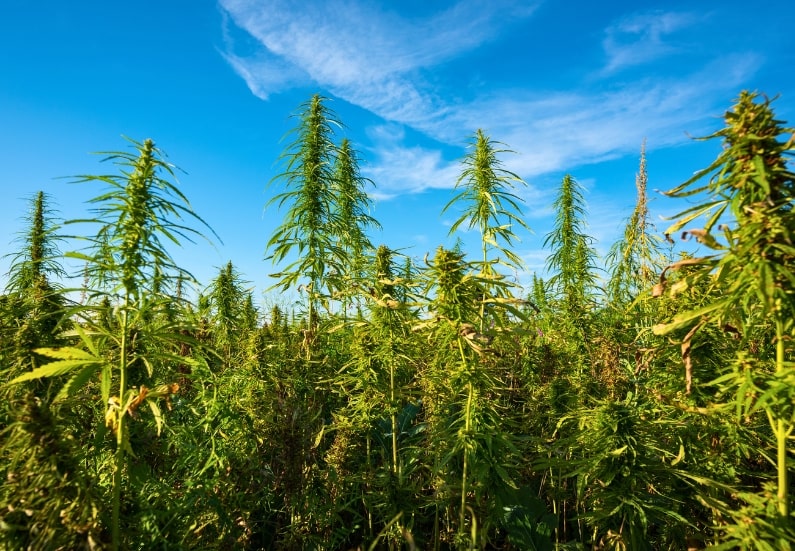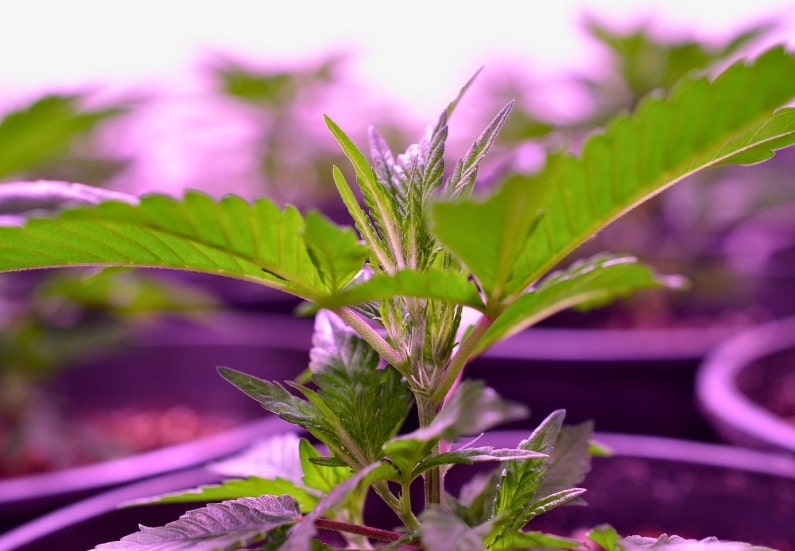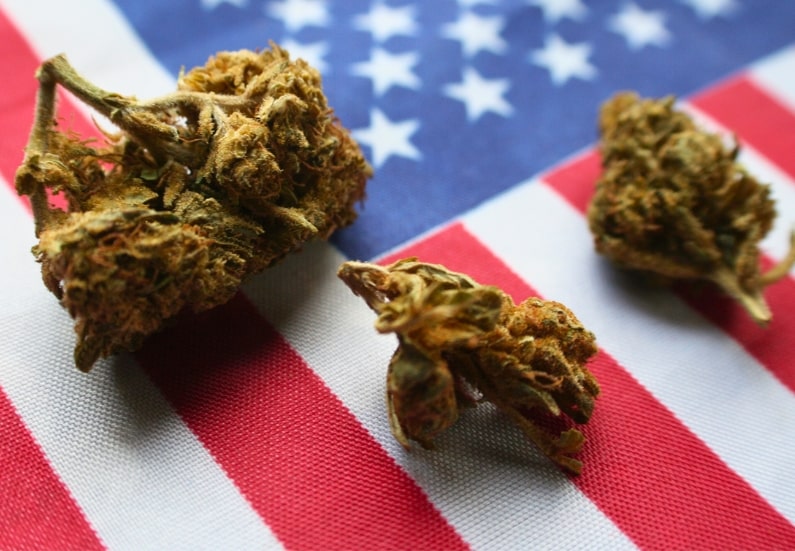How Indoor Grow Boxes Work
Have you ever wondered how an indoor grow box works? An indoor grow box is a self-contained system that provides the ideal environment for growing plants indoors. It usually includes built-in lighting, ventilation, and watering systems to create the perfect conditions for plants to thrive. Let’s explore the inner workings of an indoor grow box and how it can help you grow your plants successfully.
What is an Indoor Grow Box?
An indoor grow box is a self-contained, fully equipped system that allows you to grow plants indoors, regardless of the season or climate. These boxes are designed to provide everything a plant needs to thrive, including light, nutrients, and ventilation, all in one convenient package.
Indoor grow boxes come in all shapes and sizes, from small, discreet units that can fit on a countertop to larger, more elaborate setups for serious growers. They can be used to grow various plants, from herbs and vegetables to flowers and even small trees.
Components of an Indoor Grow Box
To understand how an indoor grow box works, it’s essential to familiarize yourself with its key components:
Light Source
The light source is one of the most crucial components of an indoor grow box. Most indoor grow boxes use energy-efficient LED lights, providing the full spectrum of light plants need to grow. The lights are often adjustable to mimic the natural sunlight cycle, ensuring that your plants get the right light at each growth stage.
Ventilation System
Proper ventilation is essential for the health of your plants. An indoor grow box typically has a built-in ventilation system that helps regulate temperature, humidity, and air circulation. This ensures your plants get the fresh air they need to thrive.
Growing Medium
The growing medium is the material in which your plants will grow. Indoor grow boxes often use soilless mediums like coco coir or hydroponic systems, which provide all the necessary nutrients for the plants to thrive. These mediums promote healthy root growth, making monitoring and adjusting nutrient levels easy.
Nutrient System
Plants grown in indoor grow boxes need nutrients to support their growth. Many indoor grow boxes have a nutrient system that automatically feeds the plants the necessary nutrients at the correct times. This takes the guesswork out of feeding your plants and ensures they have everything they need to grow strong and healthy.
Grow Lights
Grow lights are essential for providing the right amount and type of light for your plants to grow. LED grow lights are popular for their energy efficiency and ability to produce the full spectrum of light that plants need. The lights are often mounted on adjustable arms so you can position them at the optimal distance from your plants.
Timers
Timers are used to control the light cycle for your plants. Most plants need a certain amount of light each day, so timers can be set to turn the grow lights on and off at specific intervals. This allows you to provide your plants with the right amount of light without having to remember to turn the lights on and off manually.
How Does an Indoor Grow Box Work?
Now that you’re familiar with the components of an indoor grow box let’s dive into how these components work together to create the perfect growing environment for your plants:
Seedling Stage
The first stage of plant growth is seedling, where seeds sprout and develop into small seedlings. In an indoor grow box, the grow lights are usually set to a lower intensity to prevent burning the delicate seedlings. The nutrient system provides the young plants with the essential nutrients to establish strong roots and healthy growth.
Vegetative Stage
During the vegetative stage, plants focus on growing strong stems and healthy leaves. The grow lights are adjusted to a higher intensity to mimic the long days of summer, encouraging vigorous growth. The ventilation system ensures the plants have plenty of fresh air, helping them develop strong, healthy stems and leaves.
Flowering Stage
In the flowering stage, plants start to produce buds or flowers. The light cycle is adjusted to mimic the shorter days of fall, signaling to the plants that it’s time to flower. The nutrient system gives the plants the extra phosphorus and potassium they need to support flower production. Growers may also adjust the temperature and humidity in the grow box to create the ideal conditions for flowering.
Harvesting Stage
When your plants have reached maturity and are ready to harvest, you can finally reap the rewards of your hard work. Depending on the type of plants you’re growing, you may need to flush the plants with water to remove any excess nutrients before harvesting. Once harvested, you can dry and cure your plants before enjoying the fruits of your labor.
Benefits of Using an Indoor Grow Box
There are many benefits to using an indoor grow box to grow your plants:
- Control: With an indoor grow box, you have complete control over the growing environment, including light, temperature, humidity, and nutrients.
- Convenience: Indoor grow boxes are self-contained systems that provide everything your plants need to thrive in one convenient package.
- Year-Round Growing: An indoor grow box allows you to grow plants year-round, regardless of the season or climate outside.
- Space-Saving: Indoor grow boxes come in various sizes to fit any space, from small countertop units to larger setups for serious growers.
- Energy-Efficient: LED grow lights are energy-efficient and cost-effective, helping you save money on utility bills while providing the full spectrum of light your plants need.
Tips for Successful Indoor Gardening
If you’re ready to start your indoor garden with an indoor grow box, here are a few tips to help you succeed:
- Choose the Right Plants: Not all plants are well-suited for indoor growing, so research to find plants that thrive indoors.
- Monitor pH Levels: The pH level of your growing medium can impact your plant’s ability to absorb nutrients. Invest in a pH meter to ensure your plants get the necessary nutrients.
- Maintain Proper Ventilation: Proper air circulation is essential for healthy plant growth. Ensure your indoor grow box has adequate ventilation to keep your plants healthy.
- Start Small: If you’re new to indoor gardening, start with a small grow box and a few easy-to-grow plants before moving on to more challenging plants.
- Stay Consistent: Plants thrive on consistency, so keep your plant’s environment as stable as possible by maintaining a regular light cycle, temperature, and humidity.
Conclusion
Indoor grow boxes are a convenient and effective way to grow plants indoors, regardless of the season or climate outside. By providing the right combination of light, nutrients, and ventilation, you can create the perfect growing environment for healthy, thriving plants. Whether you’re a seasoned gardener or a beginner looking to try indoor gardening, an indoor grow box is a great way to cultivate a successful indoor garden. Happy growing!

